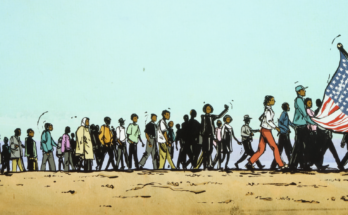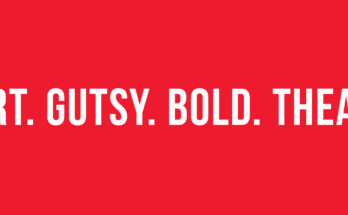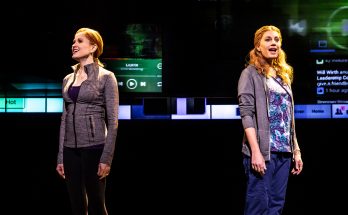Meta description preview:For this visit, Alvin Ailey American Dance Theater leader Robert Battle looks to the past — 1960, the 1980s, 2004 — to entertain, provoke and look the future.For this visit, Alvin Ailey American Dance Theater leader Robert Battle looks to the past — 1960, the 1980s, 2004 — to entertain, provoke and look the future.Meta description preview:For this visit, Alvin Ailey American Dance Theater leader Robert Battle looks to the past — 1960, the 1980s, 2004 — to entertain, provoke and look the future.FOR THIS FOR THIS VISIT, ALVIN AILEY AMERICAN DANCE THEATER LEADER ROBERT BATTLE LOOKS TO THE PAST — 1960, THE 1980S, 2004 — TO ENTERTAIN, PROVOKE AND INFORM THE FUTURE.
::
Meta description preview:Alvin Ailey American Dance Theater performs Feb. 14-18 at the Fox Theatre. Tickets HERE or at 855.285.8499.
::
“ALMOST SPIRITUAL.” That’s how Robert Battle describes Atlanta’s passion for Alvin Ailey American Dance Theater.
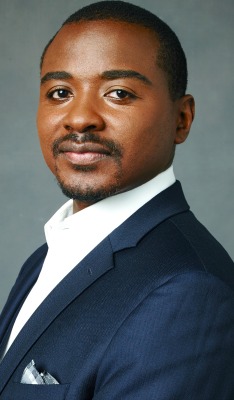
“The love and electricity we feel every time we’re there is the kind of excitement and commitment that’s usually reserved for pop culture — like for rock stars,” says Battle, artistic director of the nation’s pre-eminent modern dance company.
This visit the 32-member company — in which no one is a star but everyone dances like one — brings 13 pieces for six performances. You’d need to attend four of the six to see them all. What you can count on is plenty of powerful, athletic dance and Revelations as the finale. The spirit-rousing, visually stunning piece created by founder Alvin Ailey dates to 1960.
“Revelations is a light in a dark place,” Battle says from New York. “As we look at this world and our country, Revelations gives us a sense that tomorrow the sun will shine.”
Battle, on the job since 2011, is the third artistic director in Ailey’s 60-year history. He was chosen by his predecessor, Judith Jamison, just as she was chosen by Ailey himself. Battle’s Mass, created in 2004 for the Juilliard School, is new this year to Ailey dancers.
He was inspired to create it after seeing a choral performance of Verdi’s Requiem at Carnegie Hall. “I found myself inspired by the sort of pageantry of a chorus of a hundred people, even how they entered in a somber way and the precise way they organized themselves on the risers, the juxtaposition of it all.
“When they sang,” he says, “the juxtaposition was their voice, like a passport to the world that could travel freely.” The choir leader “was almost like the preacher figure or chosen one born out of the mass. I found myself thinking about it all — the individual, the group or huddled mass, the chosen one freeing himself from the group.”
You never know where you’ll find inspiration, he says.
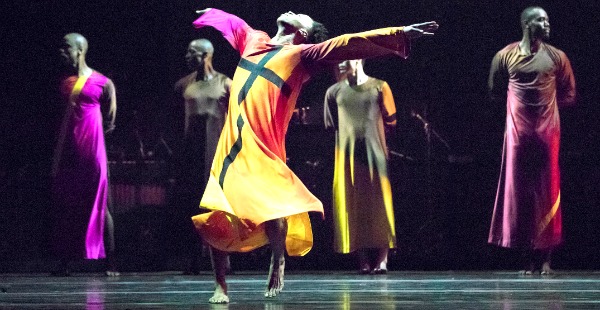
Battle’s choreography often features sharp, ritualistic movements and intricate patterns. He’s comfortable endorsing one phrase used to describe his style: rapid-fire movement. “My last name is Battle, and I think that says it all.”
As always, Ailey audiences can expect some social consciousness in the program. A highlight is likely to be Shelter, created in 1988 by Jawole Willa Jo Zollar, founder and artistic director of Urban Bush Women, the Brooklyn- dance troupe whose works often illuminate the disenfranchised.
Ailey dancers first performed the 22-minute Shelter, described as a hard-hitting interpretation on homelessness, 25 years ago. This is its first revival in 15 years.
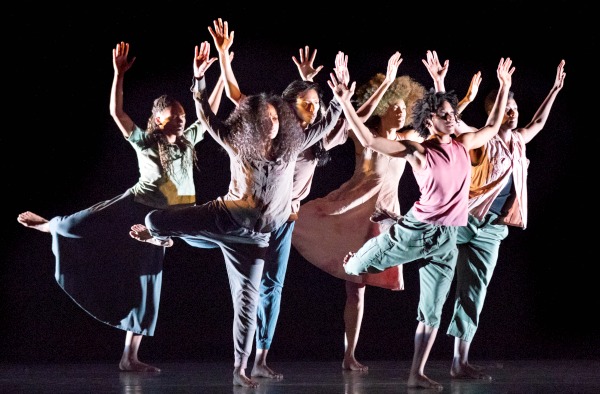
One day in New York, Zollar says, she found herself stepping over a homeless person. “When it became normal and didn’t have any impact —when I stopped seeing it — that is when I thought we were losing portions of our humanity.”
Since the piece premiered, New York’s homeless population has tripled to 63,000, according to a recent NBC News estimate. Georgia has about 14,000 homeless people.
Battle sees Shelter’s relevance expanding. “I think we’re having to think about shelter and protection in larger ways. There’s a real fear out there of needing shelter from the very laws that are supposed to protect you.”
At least two other pieces in the lineup date to the 1980s, as well:
TWYLA THARP’S THE GOLDEN SECTION (1983). This 16-minute piece, set to a New Wave score by David Byrne, was the finale to Tharp’s The Catherine Wheel, an acclaimed 1981 project. Two years later, it became a stand-alone piece “celebrated for its expression of blissful joy.” In 2006, The New Yorker described Ailey’s restaging as “daring, driving choreography with breathtaking leaps.”
STACK-UP by Talley Beatty (1982). Beatty’s piece examines “an urban landscape and all the things that can happen within that context,” says Battle. More plot-driven than most Ailey pieces, it’s a colorful, energetic number of physical pyrotechnics done to a disco vibe from the Fearless Four, Grover Washington Jr. and Earth, Wind & Fire.
An Ailey performance promises a wide range of themes, moods and emotions. “The black experience,” Battle says, “is not a one-note samba.”

